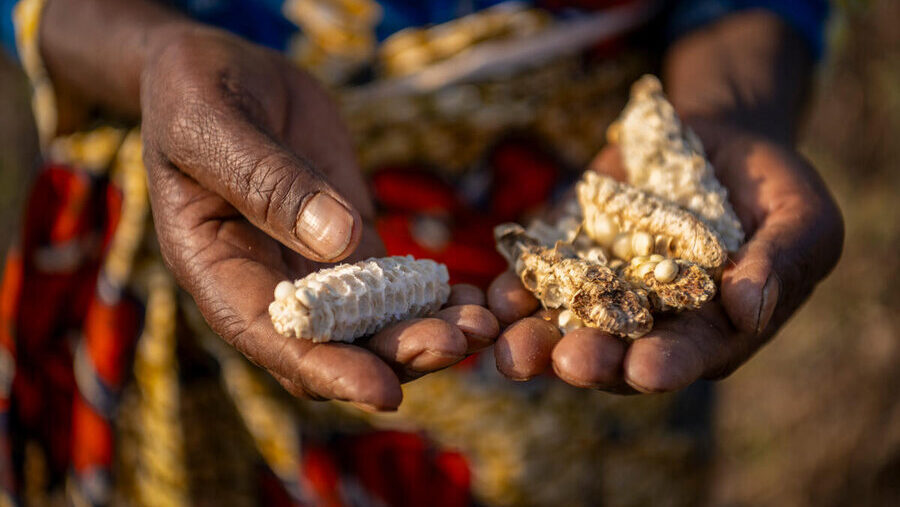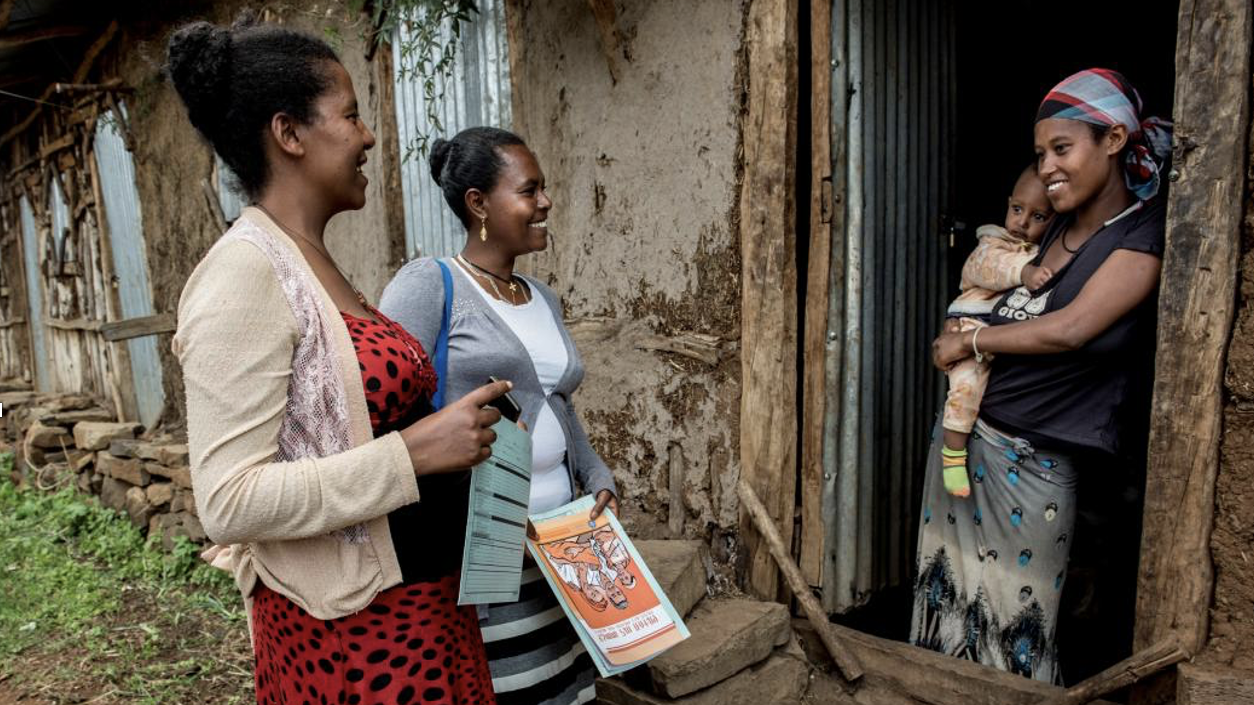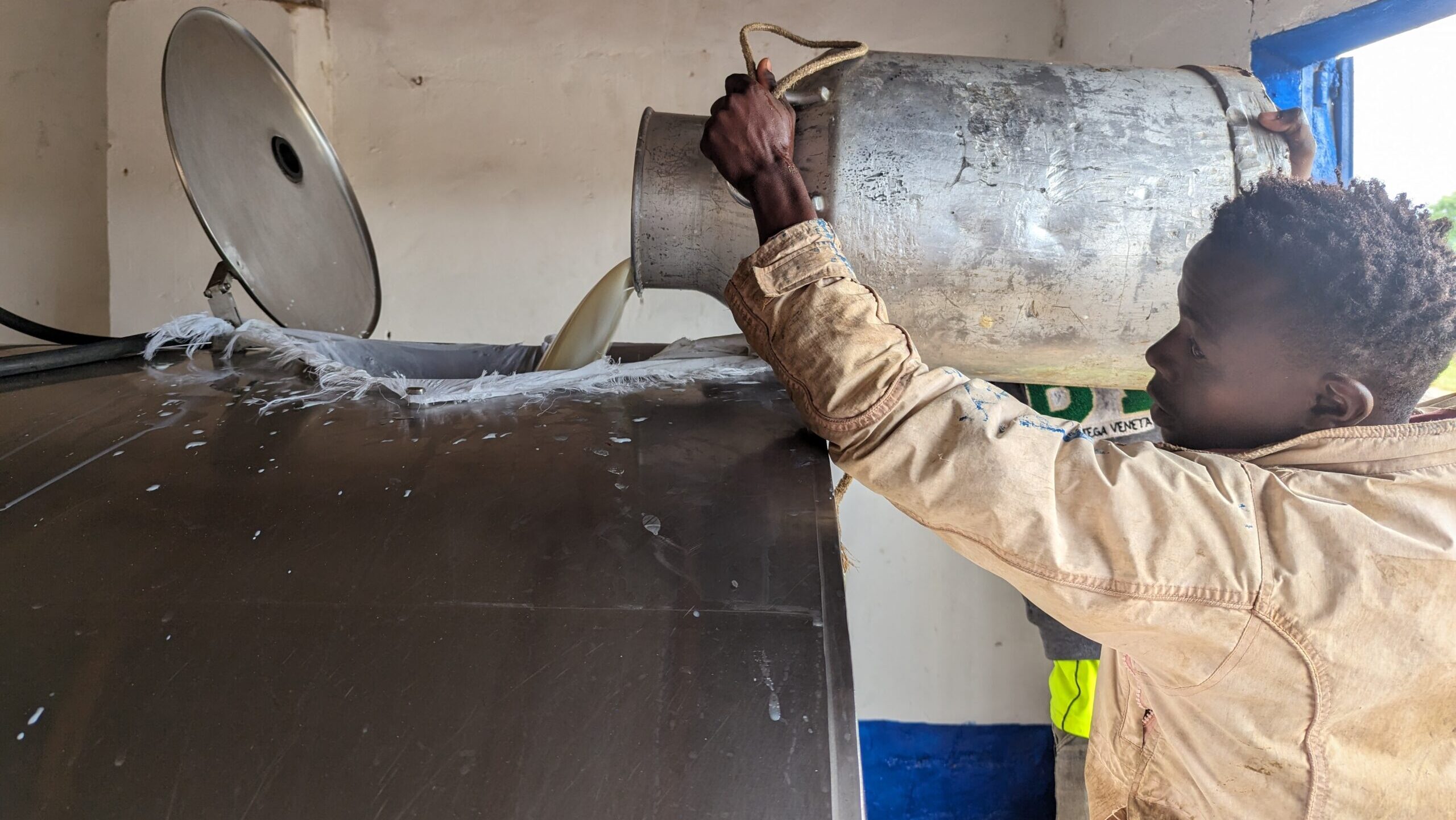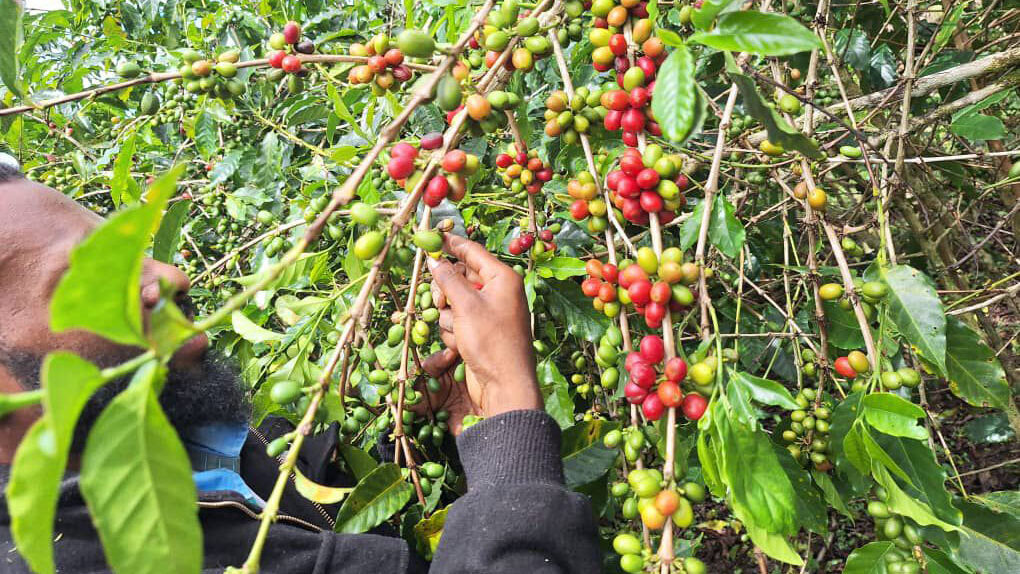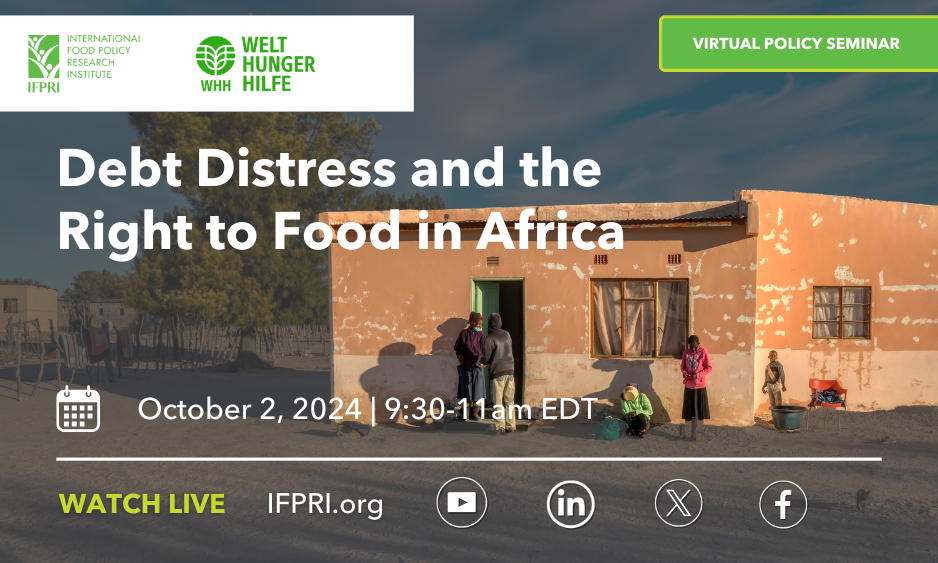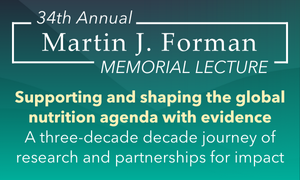What’s New
Featured Publications
Journal Article
Toilet construction under the Swachh Bharat Mission and infant mortality in India
2024Chakrabarti, Suman; Gune, Soyra; Bruckner, Tim A.; Strominger, Julie; Singh, ParvatiJournal Article
Emerging outsource agricultural services enable farmer adaptation in agrifood value chains: A product cycle perspective
2024Reardon, Thomas; Awokuse, Titus; Belton, Ben; Liverpool-Tasie, Lenis Saweda O.; Minten, Bart; Nguyen, Genevieve; Qanti, Sara; Swinnen, Johan; Vos, Rob; Zilberman, DavidJournal Article
Women improving nutrition through self-help groups in India: Does nutrition information help?
2024Kumar, Neha; Raghunathan, Kalyani; Quisumbing, Agnes R.; Scott, Samuel P.; Menon, Purnima; Thai, Giang; Gupta, Shivani; Nichols, Carly; WINGS study team
The 2024 Global Food Policy Report
Food systems and diets underpin many critical challenges to public health and environmental sustainability, including malnutrition, noncommunicable diseases, and climate change, but healthy diets have the unique potential to reshape the future for both human and planetary well-being. Drawing on recent evidence and experience, the 2024 Global Food Policy Report highlights opportunities for transforming food systems to ensure sustainable healthy diets for all.
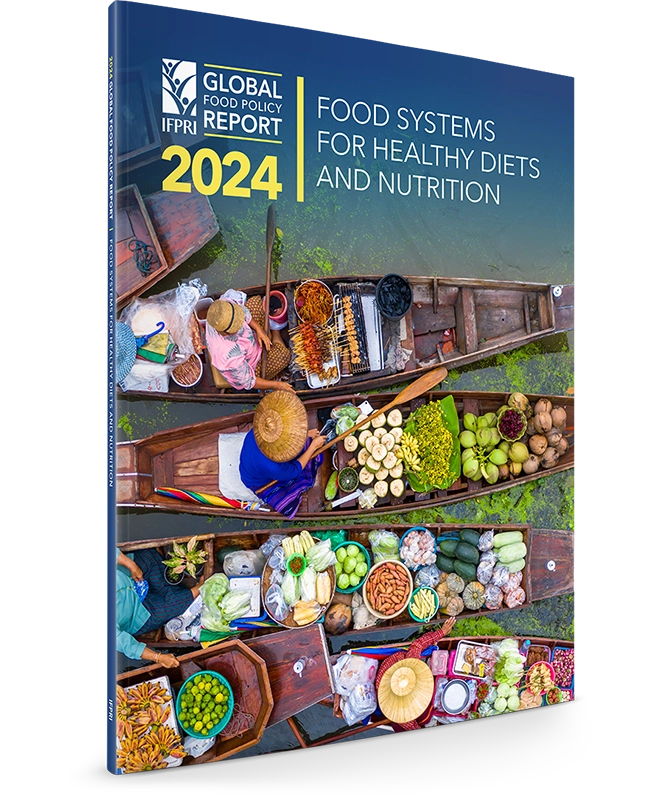
IFPRI and CGIAR
IFPRI is a Research Center of CGIAR, a global research partnership for a food-secure future. IFPRI researchers work in close partnership with researchers from other CGIAR Centers and partners through many CGIAR Research Initiatives and Platforms. Our work contributes to the CGIAR mission of delivering science and innovation that advance the transformation of food, land, and water systems in a climate crisis.

Experts in Our Field
IFPRI’s experts work around the world to provide the evidence that supports effective policies to reduce poverty and end malnutrition.
600+
staff across the world
80+
countries where we work
#1
in the field of Agricultural Economics
20,000+
research outputs
Meet a Researcher
Alemayehu Seyoum Taffesse is a Senior Research Fellow in the Development Strategies and Governance Unit, based in Ethiopia. He is a development economist whose recent research covered agricultural transformation; impact evaluation (including impact evaluation of large multi-year public programs); social protection; individual psycho-social characteristics, behaviour, and well-being outcomes; risk and insurance, consumption patterns and demand elasticities; cooperatives; and inter‐sectoral linkages and growth. The bulk of Alemayehu’s research focuses on Ethiopia, with ongoing contributions to studies on Sudan and earlier work…

From our video channel
Telling the stories of women in Odisha State, India, who were able to exercise their voice and obtain assets to improve their livelihoods within the Mahatma Gandhi National Rural Employment Guarantee (MGNREGA) program
Our Events
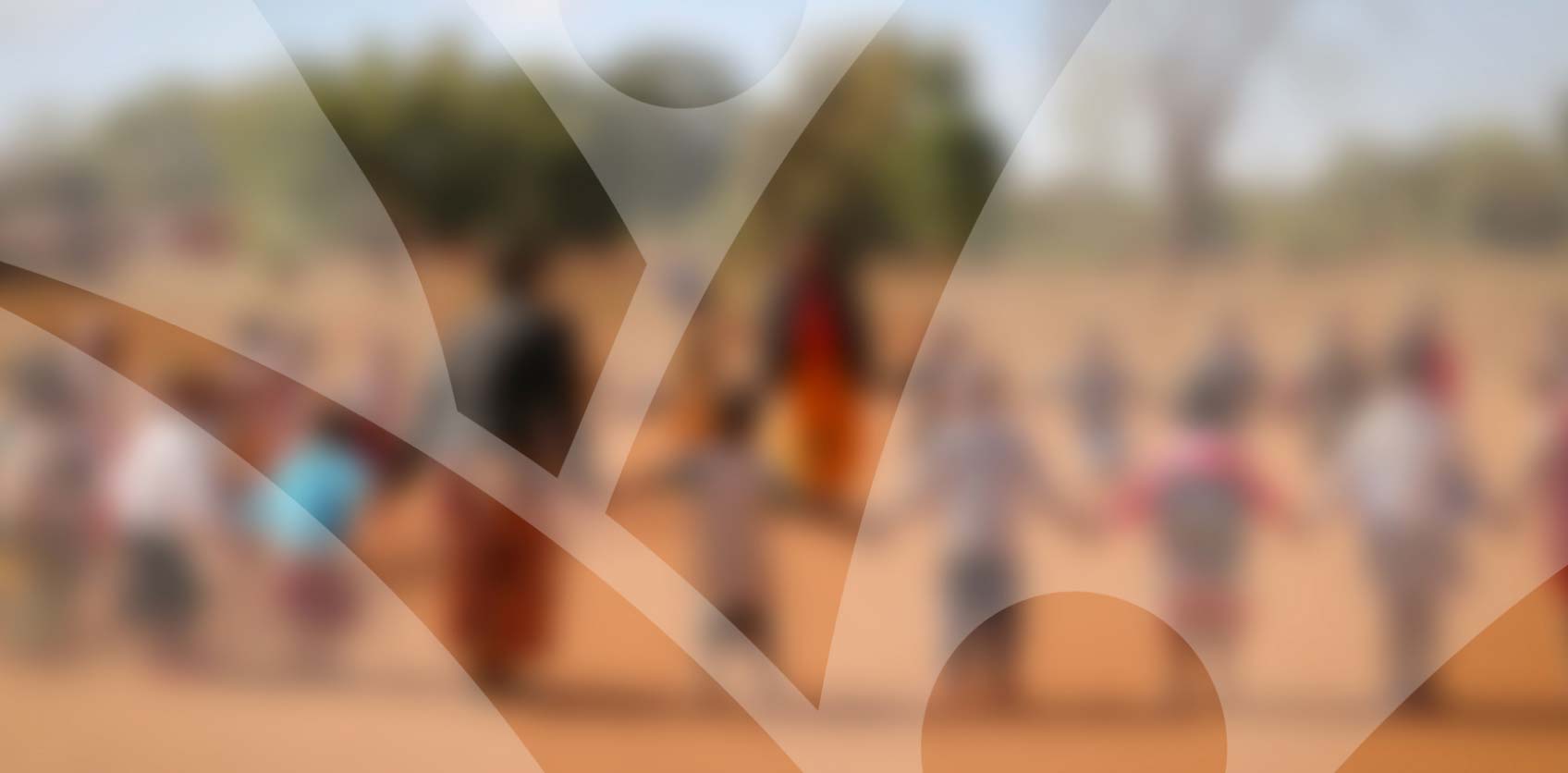
Making a Difference Blog Series

For more than three decades, IFPRI has worked with the Government of Ethiopia to provide evidence-based advice on the development of the country’s agricultural sector.
IFPRI’s research and policy recommendations led to the establishment of Ethiopia’s Agricultural Transformation Agency (ATA) in 2010, which continues to play a critical role in guiding the country’s agricultural development and sustainability.
Tamsin Zandstra, Gashaw T. Abate, Shahidur Rashid, and Nicholas Minot outline how IFPRI’s long-term strategic research support to the ATA has led to several tangible government policy outcomes.





